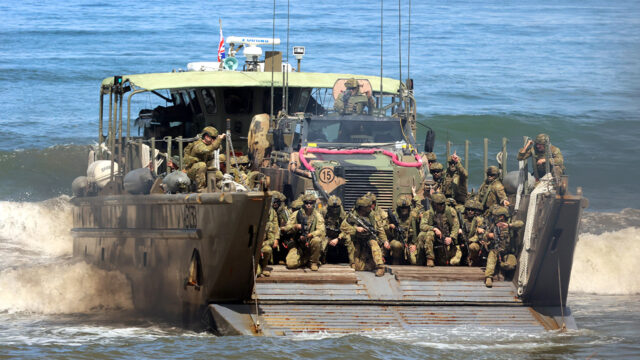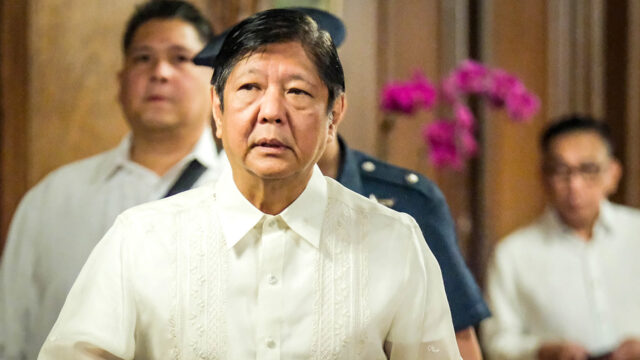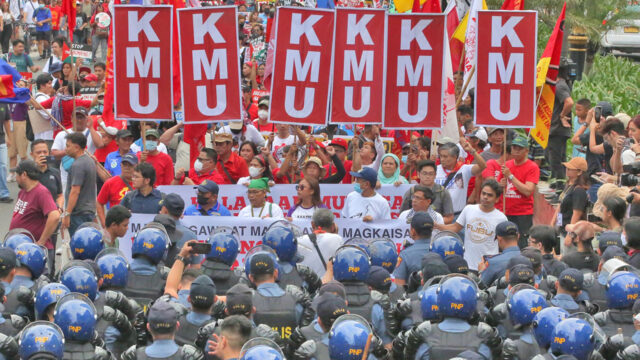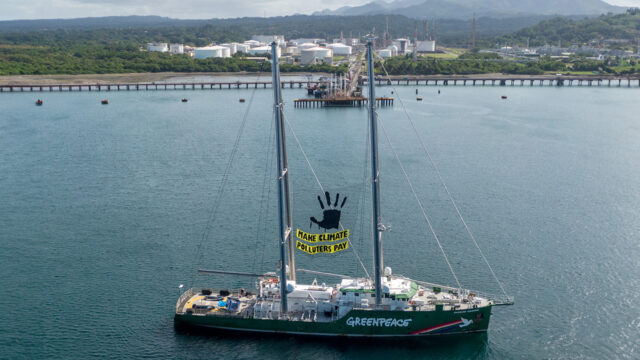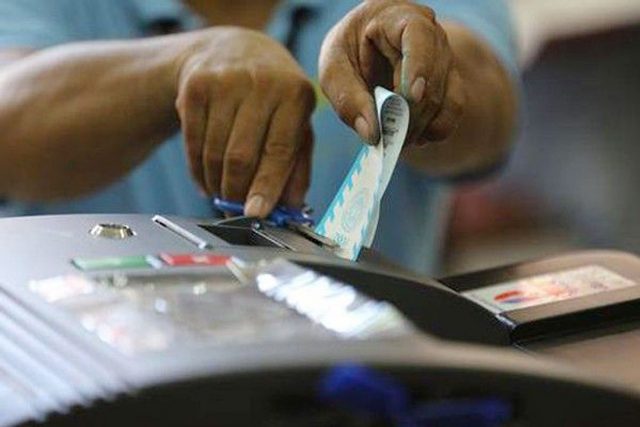NEXT year, 2024, might prove crucial in determining the fate of many countries, including that of the Philippines. When one considers the wars happening in Europe and the Middle East, the only thing left is a triggering event in Asia and you essentially have a world war.
It is thus disconcerting to view the state of our capabilities should such wars reach our seas, never mind our shores. Our Armed Forces, in a world now beset by online information, artificial intelligence, and globalized supply chains, is amazingly structured by a law made before the Philippines even became a republic.
THE NEED FOR A NEW NATIONAL DEFENSE ACT
Thus, as pointed out by The Diplomat, the “AFP (Armed Forces of the Philippines) was established following the passage of Commonwealth Act No. 1, also known as the National Defense Act of 1935. For almost 85 years now, this law has remained the legal basis for the AFP’s existence, mandate and even strategy. Though specific provisions of the law were rescinded by presidential decrees or executive orders, especially during the time of President Ferdinand Marcos, and different Department of National Defense (DND) department orders have been published over the years, the act itself has yet to face Congress’ meticulous legislative deliberations.”
More significantly, aside from being clearly obsolete, considering the Philippines is an archipelagic country now beset by aggressive illegal claims by a regional bully, the National Defense Act unfortunately “institutionalized the importance of ground forces in territorial security. Since 1935, the Philippine Army (PA) has dominated the entire defense establishment. Though other factors helped establish the PA’s leading responsibility, particularly the communist insurgency, secessionist Moro rebels, and now terrorism.” (“Why the Philippines Needs to Revise Its National Defense Act,” September 2020).
THE NEED TO INCREASE DEFENSE SPENDING
One study, “The Implications of Defense Expenditure on Philippine Economic Growth” (Julia Rocio S. Gatdula, University of Asia and the Pacific) examined the relationship between Philippine defense spending and economic growth, and found that for every 1% increase in defense expenditure there results an estimated increase of 0.12% in GDP.
The findings thus suggest that “it may be more imperative for the Philippines to allow the Defense Department greater flexibility in terms of budget allocation due to its possible multi-dimensional effect, particularly the geopolitical, economic, social, and cultural dimensions of the Philippines. This, coincidentally, is similarly indicated in the aims pointed out in the National Security Policy (NSP) of 2023 to 2028 and the Philippine Development Plan (PDP) of 2023 to 2028. Investing in the defense sector should be seen more and more not merely as a purely national security matter but also as a positive catalyst in sustaining or facilitating the country’s economic growth.” (“Philippine defense spending and its impact on economic growth,” BusinessWorld, September 2023).
This therefore leads to the necessity of reexamining and amending the Constitution’s Article XIV.5.5, which requires the State to “assign the highest budgetary priority to education,” including the humongously misguided policy of giving everyone a college education. Surely, the State must be afforded enough flexibility to allow adequate responses to urgent circumstances particularly if it affects national survival.
IDENTIFYING OUR NATION’S DEFENSE INDUSTRY
Which leads then to discussing the Self-Reliant Defense Posture (SRDP) program, usually with armament and transportation manufacturing and purchases as the main focus of attention.
Nevertheless, while that alone is beset with a myriad of difficulties, discussions regarding a self-reliant defense posture should not be limited to armaments and must include clothing, food, energy, finance, technology and communications, and human resources. This leads to the necessity of identifying what exactly are “defense industries,” for which government support and oversight can be applied.
OFFICIALLY CATEGORIZING CHINA’S ENCROACHMENTS AS WITHIN PHILIPPINE TERRITORY AND CRIMINAL JURISDICTION
Finally, there was a very thoughtful position paper by the International Law and Relations Society of the Philippines, November 2023, which centered its discussions on the so-called posse comitatus and the distinction between police action and armed conflict. In other words, the difference in application between domestic law and international law.
The reliance on police measures is a good point because it indicates application of domestic law and thus by implication categorizes the events happening as within Philippine territory, full stop.
However, while admittedly such distinctions may exist, such ultimately is of no consequence. The reason is that, whether a circumstance is governed by domestic law or international law, both are within the ambit of the President’s powers.
Thus, the Constitution’s Article VII.18 provides that the “President shall be the Commander-in-Chief of all armed forces of the Philippines and whenever it becomes necessary, he may call out such armed forces to prevent or suppress lawless violence, invasion or rebellion.”
The point is that, while the coast guard may be classified as civilian, our own Constitution authorizes the president to deploy the Armed Forces in order to put down “lawless violence” done within our territory, arguably a domestic law matter and thus avoids re-classifying such measures as one under international law.
Jemy Gatdula read international law at the University of Cambridge and is a Philippine Judicial Academy lecturer for constitutional philosophy and jurisprudence.
https://www.facebook.com/jigatdula/
Twitter @jemygatdula



